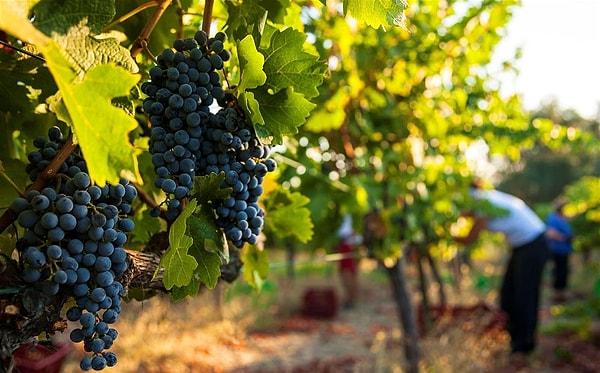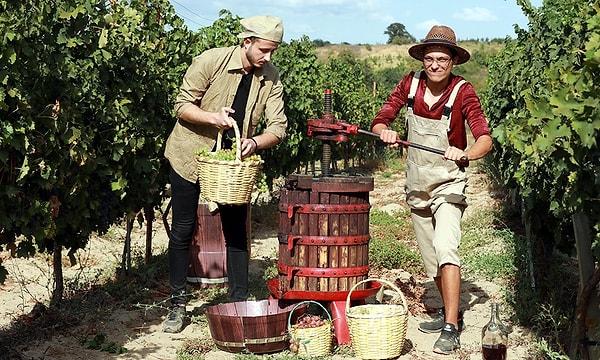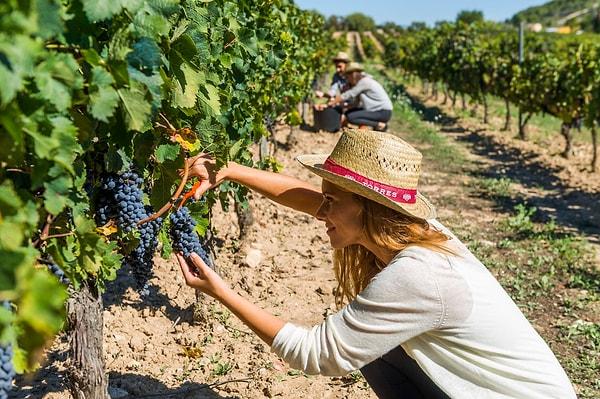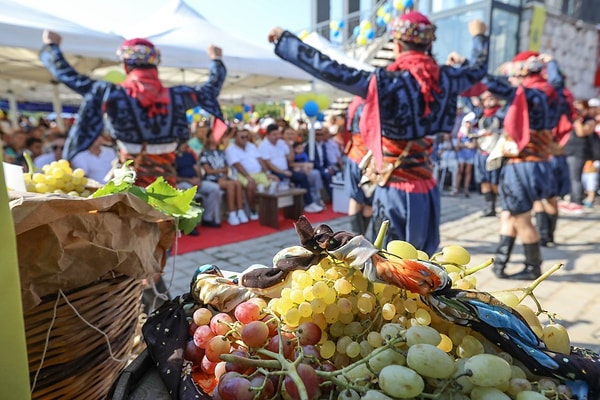The Rich Tapestry of Turkish Wines: A Journey into Rustic Charm and Flavorful Versatility
Turkey, a country straddling both Europe and Asia, is renowned for its rich history, vibrant culture, and diverse landscapes. However, what's less recognized is Turkey's profound connection with nature, specifically its robust agricultural sector. Among the country's agricultural marvels, the lush Turkish vines—spanning grapevines for winemaking to cucumber vines for the country's famed salads—hold a special place.
Grapevines and Winemaking in Turkey

Turkey is one of the oldest wine-producing regions in the world, with archaeological evidence suggesting that its viticulture dates back 7,000 years. The country is home to a vast array of indigenous grape varieties, many of which are still unknown to the rest of the world. Some of these varieties include Öküzgözü, Kalecik Karasi, Narince, and Bogazkere.
Turkey's Indigenous Grape Treasures

Turkey is home to many indigenous grape varieties that contribute to its rich winemaking tradition.
1. Öküzgözü: Native to Eastern Anatolia, the Öküzgözü grape, meaning 'ox eye,' is known for its large, round berries. Wines made from this grape are medium-bodied, with red fruit flavors and a refreshing acidity.
2. Bogazkere: This grape variety, also from Eastern Anatolia, is known for its tannic and robust wines, often compared to Cabernet Sauvignon. Its name translates to 'throat burner,' referring to its strong, bold character.
3. Narince: This white grape, native to Central Anatolia, produces aromatic and crisp wines with flavors of apple, pear, and citrus. Its name means 'delicately,' reflecting its refined and elegant profile.
4. Kalecik Karası: This variety hails from Central Anatolia and is known for its elegant, light-bodied wines with cherry and raspberry notes. The wines also have a beautiful bright red color, attributed to the grape’s thin skin.
Turkish Wines and Tourism

The charm of Turkish vines extends into the realm of tourism as well. A growing trend in recent years is 'vineyard tourism' or 'wine tourism,' where visitors tour vineyards, participate in grape harvesting, and taste local wines. Regions like Cappadocia, known for its fairy-tale chimneys and cave dwellings, also offers stunning vineyards that add to the appeal for tourists.
Additionally, 'farm-to-table' culinary tours allow visitors to experience the journey of vine-grown produce from cultivation to preparation. Tourists can visit vineyards, participate in the harvest, and learn how to make traditional dishes from local chefs.
The Timeless Art of Turkish Winemaking Passed Through Generations

Turkey's diverse microclimates and soils contribute to the distinctive character of these grapes. The Aegean, Marmara, Central Anatolia, and Eastern Anatolia regions all produce unique wines, each with its own flavor profile and charm. Turkish winemaking is not just a commercial enterprise; it's a deeply ingrained tradition. Many families still make their own wine, passing down ancient methods through generations.
Grape Harvest Festivals

The annual grape harvest season is a time of joy and celebration in many regions of Turkey. Grape harvest festivals, known as 'Bağbozumu Festival' bring communities together to celebrate the bounty of the vineyards. These festivals feature traditional music, dances, and games, as well as grape stomping ceremonies where participants crush grapes with their feet to extract the juice. It's a lively and colorful affair that showcases the cultural significance of grapevines and their role in winemaking.
The Future of Turkish Wines

The future of Turkish wines looks promising. With increasing global interest in indigenous grape varieties and sustainable agriculture, Turkish wines are poised to gain more recognition in the international wine scene. Moreover, with the rise of food tourism, more people are likely to discover the delights of vine-grown Turkish produce.
The tale of Turkish wines is a tale of harmony: between nature and culture, tradition and innovation, local bounty and global appeal. From the ancient vineyards of Anatolia to the gardens of the Aegean, Turkish wines will continue to weave their captivating story, one leaf and one grape at a time.
Keşfet ile ziyaret ettiğin tüm kategorileri tek akışta gör!

Send Comment